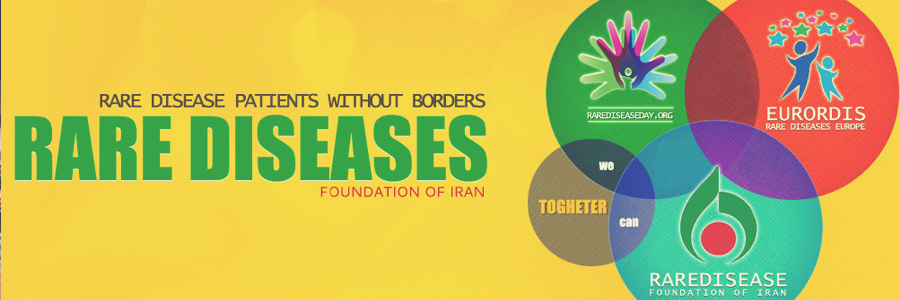25 January 2017, Paris – Patients around the world will mark the tenth annual Rare Disease Day on Tuesday 28 February. In the build up to Rare Disease Day 2017, the official video launches today.
Over the last 10 years, Rare Disease Day has become iconic as the global campaign for raising awareness of rare diseases among politicians, clinicians, researchers and pharmaceutical companies.
Rare Disease Day is a patient-led campaign that EURORDIS-Rare Diseases Europe and its Council of National Alliances launched in 2008. Since then, thousands of patient organisations in over 100 countries and regions have held tens of thousands of events. Rare Disease Day brings together millions of patients, families, carers, medical professionals, policy makers and members of the public in solidarity – everyone can get involved!
Organisations in over 80 countries and regions are participating in Rare Disease Day 2017 by holding local events. This year also sees a new patient organisation in Botswana participating for the first time and a new Rare Disease Day partner in Iran.
Sean Hepburn Ferrer, the eldest son of the late Audrey Hepburn who passed away from rare cancer pseudomyxoma adenocarcinoma, is Rare Disease Day 2017 Ambassador.
Simona Bellagambi, Member of the EURORDIS Board and representative of UNIAMO, the Italian alliance for rare diseases, commented, “Rare disease research is happening. But it’s not enough. We need to shout loudly to make sure all researchers, universities, doctors and companies know that we need a huge commitment from everyone involved to do more research. Through research, we can ensure that more patients get the answers they need about their diseases”.
2017 theme and slogan
The Rare Disease Day 2017 theme is research and slogan “With research, possibilities are limitless”.
Rare disease research is crucial to providing patients with the solutions they need, whether it is a treatment, cure or improved care. The tenth edition of Rare Disease Day will see people from all over the world come together to advocate for more research on rare diseases.
Over the last few decades, funds dedicated to rare disease research have increased. But it must not stop there. Rare Disease Day 2017 is the opportunity to call upon researchers, universities, students,
companies, policy makers and clinicians to do more research and to make them aware of the importance of research for the rare disease community. Read more.
Poster & communication tools
Download the official Rare Disease Day 2017 poster and other communication tools (logo, social media banner and profile picture, email signature and information pack).
Official 2017 video
The Rare Disease Day 2017 video has been translated into over 30 languages. A short version of this video for news clips is available on request. Read the stories of the patients featured in the video: Geoffray, Mathieu and Stéphanie, Marie-Laurence, Michel and Gaia, and Océane.
Imagine what it would be like to live without answers to the most basic of questions. This is the reality for many rare disease patients. Research can lead to the identification of previously unknown diseases and can increase understanding of diseases. It can enable doctors to give a correct diagnosis and provides information to patients about their disease. It can lead to the development of new innovative treatments and in some cases a cure.
People living with a rare disease are sometimes unable to find answers and medical solutions they need, often because of a lack of research. To illustrate this frustration, this year’s video draws a parallel with a routine that many of us go through multiple times a day – searching for an answer on the internet. The video highlights how isolating it is when you search on the internet but receive the response ‘your search had no results’.
EURORDIS thanks AFM-Téléthon for the production of the 2017 video.
About Rare Disease Day
EURORDIS and its Council of National Alliances launched Rare Disease Day in 2008. Held on the last day of February each year, it seeks to raise awareness of the impact that rare diseases have on the lives of patients and those who care for them. What began as a European event quickly became international in scope, with participants from more countries joining each year.
Since Rare Disease Day began, thousands of events have been held throughout the world, reaching hundreds of thousands of people. The political momentum resulting from the Day has also served advocacy purposes, contributing to the advancement of EU policies on rare diseases and to the creation of national plans for rare diseases in a number of EU Member States. Visit RareDiseaseDay.org.
About rare diseases
The European Union considers a disease as rare when it affects less than 1 in 2,000 citizens. Over 6000 different rare diseases have been identified to date, affecting over 60 million people in Europe and the USA alone. Due to the low prevalence of each disease, medical expertise is rare, knowledge is scarce, care offering inadequate and research limited. Despite their great overall number, rare disease patients are the orphans of health systems, often denied diagnosis, treatment and the benefits of research.









